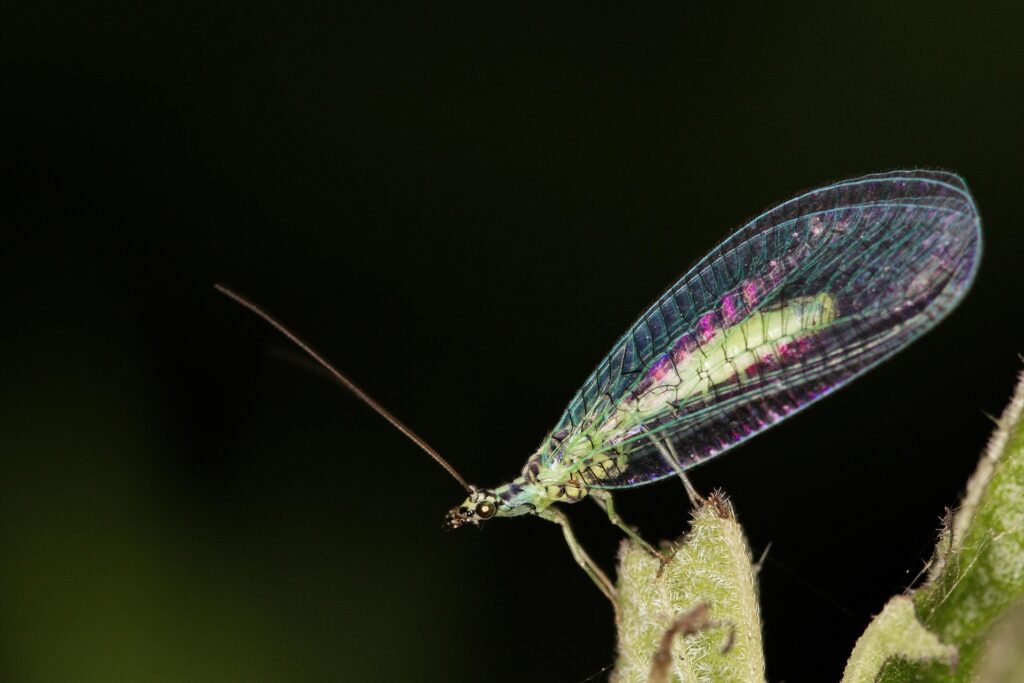Roach bombs and roach foggers are marketed as fast solutions to cockroach problems in homes. However, these products aren’t the best solutions for most situations. When they’re not scavenging, cockroaches are skilled at hiding. This often puts them in places where foggers can’t reach. A roach bomb might kill the few that are caught vulnerable but it will leave the rest unharmed. That means these products create a mess of chemicals around your house without treating the problem where it’s most important—the source.
Cockroaches’ favorite hiding spots are in areas where it’s dark and humid. Usually, these locations are not easily accessible. Basements, attics, crawl spaces, bathrooms and wall voids all make attractive habitats for cockroaches. Roach bombs might be able to quickly cover an entire room in insecticides but they won’t reach the cracks, crevices and other tiny spaces where adult and baby cockroaches live.
It’s possible that a fogger could be effective against a few roaches if you’re lucky enough to deploy it while they’re out searching for food. But once an infestation has grown, it’s highly unlikely that these products will be effective in stopping it.
Using Roach Bombs and Foggers
When you activate a roach bomb, you, your family and your pets need to leave the house for a number of hours before it’s safe to return. Instructions vary by product, but you should expect to leave for two to four hours, at least.
In addition to being toxic in the air, these foggers can cause a mess, coating floors, counters and furniture with chemicals (which is their purpose, after all). Before you activate one, you’ll have to carefully cover any food or food-related items, children’s toys, delicate clothing and furniture.
Once it’s safe to return to your home, you’ll be faced with a lot of cleaning: wiping counters and cooking surfaces, cleaning toys and furniture and, if you have pets or young children, thoroughly cleaning anything else they could touch with their hands or mouth.
Roach foggers might work quickly, but they’re certainly not easy or convenient solutions to a cockroach problem. Against more than a few active cockroaches, they likely won’t be successful at all.
How to Prevent Cockroaches
If you’ve seen a cockroach but aren’t sure if it’s part of an infestation, you can make some small adjustments to your habits to reduce the risk of attracting more.
- Establish good cleaning habits to limit the crumbs, spills and other food leftovers that strongly attract cockroaches to kitchen floors and counters.
- Seal foods in airtight metal or glass containers.
- Remove standing water and fix dripping faucets in kitchens and bathrooms.
- Repair cracks and holes in interior and exterior walls that could provide entry points for cockroaches.
Taking simple steps toward eliminating food and water sources can help keep cockroaches away from your home.
Roach Bombing Efficacy
While roach bombs, also known as foggers, may present a tempting solution for your roach problems, their effectiveness is often questioned by experts. Many people ask, ‘Do bug bombs kill roaches effectively?’ Unfortunately, while these products can kill some roaches, they might not reach the deeper problem. Cockroach bomb killer products release pesticides into the air, but they don’t penetrate the nooks and crannies where these pests often hide and breed. For those dealing with a significant infestation, especially of resilient varieties like German roaches, the best roach bomb may still fall short of eradicating the issue entirely.
How to Get Rid of Cockroaches
Don’t inconvenience yourself with a messy roach fogger that might not work. If you’ve seen cockroaches in or around your home, call the professionals at Aptive Pest Control. Our experts will customize a pest control solution for the size and shape of your home, treating the infestation at the source. We use effective solutions to conveniently control infestations of any size. Our pest experts will ensure that your home is protected from cockroaches and other pests all year.
If you’re ready to feel comfortable in your home again, contact Aptive today for a free quote and to schedule your first appointment.









